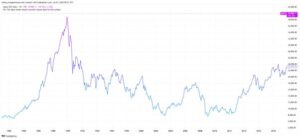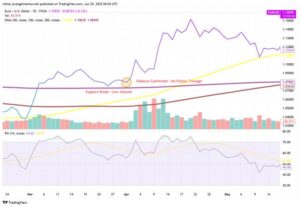The Reserve Bank of Australia (RBA) has expressed increased confidence that inflation is on track to return to its target range. However, it emphasized that it is still too early to claim success, as recent signs of increased consumer spending and a tight labor market continue to pose challenges, according to the minutes of the December policy meeting.
Policy Remains Unchanged
During the meeting on December 9-10, the RBA board considered two potential policy paths: easing monetary policy to stimulate economic growth or maintaining the current restrictive levels. Ultimately, the board decided to hold the cash rate steady at 4.35%, citing insufficient new data to justify any shift in policy direction.
Board members noted that by the time of the February 17-18 meeting, additional data on employment, inflation, and consumption would become available, along with updated staff forecasts. These developments could influence the bank's next policy decision.
Market Anticipates Rate Cuts
Traders are increasingly pricing in a likelihood of the RBA's first rate cut of the year in February, with expectations of two cuts by July. This outlook is fueled by comments in the minutes suggesting that risks of inflation failing to meet its target have diminished, while downside risks to economic activity have grown.
The minutes also highlighted the risk of a sharper-than-expected rise in unemployment if labor demand in non-market sectors were to slow suddenly.
Mixed Economic Signals
Despite improved confidence in achieving its inflation goals, the RBA acknowledged that persistent strength in consumer spending and the labor market could delay efforts to bring core inflation back within the target range. Recent data reflect a complex picture of the Australian economy: consumer sentiment has dipped into pessimistic territory, and business confidence has weakened, yet the unemployment rate unexpectedly fell to 3.9%.
Global Comparisons and Outlook
Australia remains an outlier in the global monetary policy landscape. While many advanced economies, such as the United States, have already eased monetary policy significantly, Australia continues to adopt a wait-and-see approach. The U.S. Federal Reserve, for instance, has executed multiple rate cuts and plans further easing through 2025.
Looking ahead, the RBA minutes reveal a cautious optimism. With uncertainty still looming large, investors and market participants will closely watch upcoming data releases on employment and inflation to better anticipate the central bank's next move.





